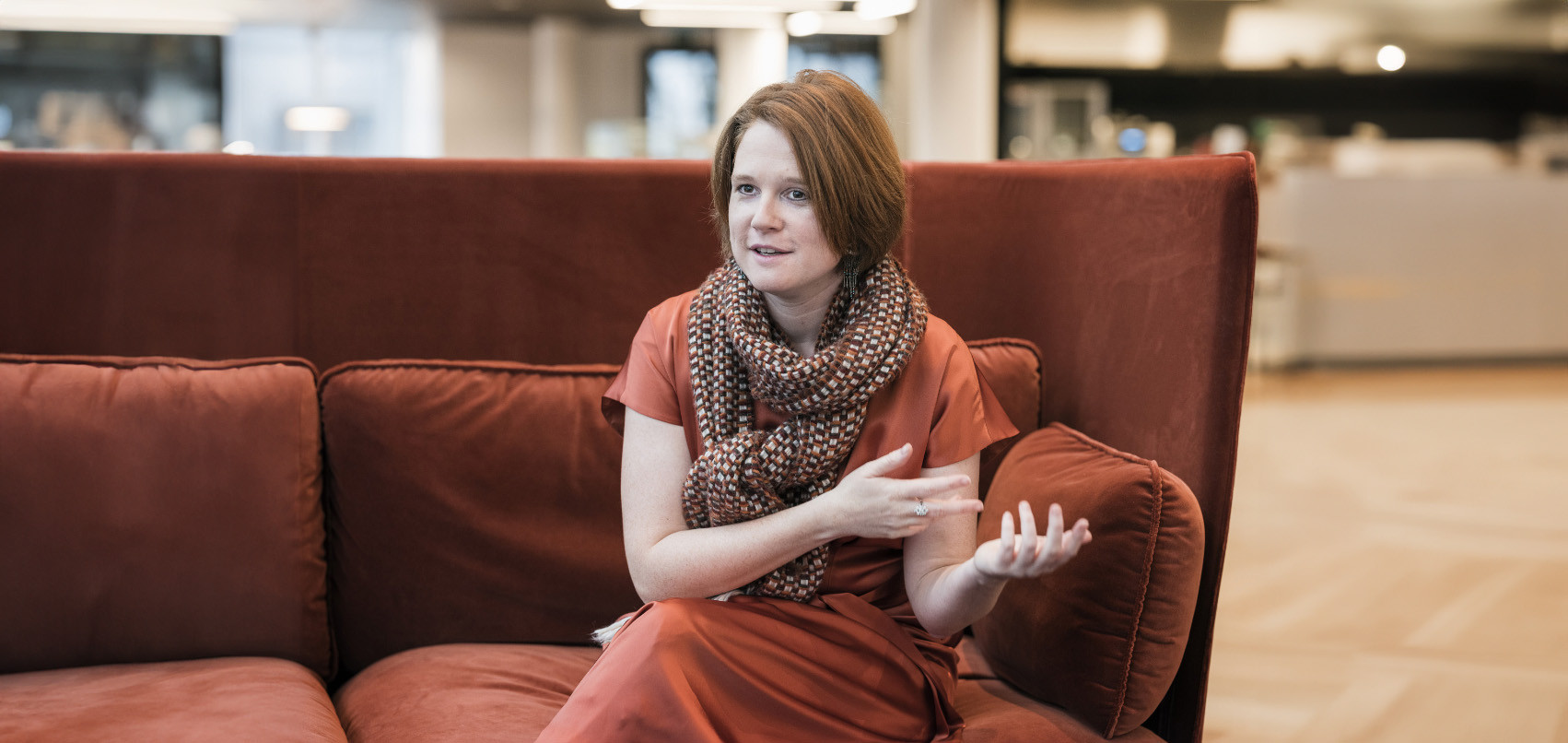Febelfin and Technopolis launch ‘The ATM’
27 March 2025 - 7 min Reading time
Financial education tailored to children
‘The ATM’, a new interactive set-up by Technopolis supported by Febelfin, is part of the section ‘Doolhoofd’. In this zone, toddlers (aged 4 to 8) are encouraged to ask questions and then investigate them themselves in various ways. With “De Bankautomaat”, Febelfin and Technopolis want to challenge children to also ask questions about finance. It is important that they learn to navigate and experiment with financial knowledge at a young age. The earlier they start doing this, the better.
Learning through play
The aim of 'Doolhoofd', and therefore also of 'The ATM', is to encourage young children to ask questions and explore. By young children, we mean children aged 4 to 8. Our challenge is to teach them financial awareness and how to handle money, such as how to pay, what a bank card is and how a PIN code works. They can do this in the play area where ‘the ATM’ can be found.
How does it really work?
- The child arrives at the ATM. The ATM does not issue money, but a personalised bank card with a picture of the child on it.
- The child enters a personalised PIN code. If the PIN is too simple (e.g. 1234), it is rejected.
- The card is loaded. With this card, the child can make five payments at the cash register of the restaurant “Het gouden Putteke”. At the till, there is a payment tray with a built-in QR code reader (slot), a panel with numbers and a display. The child inserts the bank card into the slot and enters the PIN code. The tray emits a short beep when the payment is successful. The display shows the remaining balance on the bank card. Did the child already pay five times in the restaurant? Then a long beep sounds. The balance is insufficient. At the cash register there is a sign: "Out of money? Come work in our restaurant!"
- In the restaurant kitchen, there is a ticking clock where the child can reload the bank card.
Aligned with development objectives and learning goals
When teachers come to Doolhoofd with their class, they get access to a teachers' folder, available in Dutch and French, to prepare and enhance their visit. The project is structured in a way that teachers can tick off some developmental objectives after the visit. Teachers also get some nice tips for after the visit to keep the conversation going or to extend it. Some learning objectives of 'The ATM':
- Children learn what a secure PIN is.
- Children learn that they should cover their PIN when they enter it.
- Children know that money on a bank card is not endless.
- Children know where money comes from (working) and where money goes (spending).
- Children explore the concept of money through active experiences in the restaurant.
- Children realise that their amount of money is influenced by advertising.
"We are delighted that 'The ATM', one of the most popular set-ups in Technopolis, is once again available for our young visitors. We are convinced that financial education is of great importance from an early age, and this initiative allows children to learn about money in a playful way," said Marjan Verhaegen, COO Technopolis.
Talking about money helps
Via a QR code on the label at 'the ATM', visiting parents and their children can also get more info on the operation and financial education. This info is available in Dutch, French and English.
Why is financial education important?
Several surveys, including those conducted by Febelfin, show that there is a great need for financial education in our country, especially among young people. People who are less aware of their financial affairs are more likely to have money problems. Febelfin wants to improve Belgian citizens' financial knowledge so that they can make conscious choices and understand their impact. We also want to break the taboo around money matters. Increasing financial education among young people is a shared responsibility of the financial sector, government, education and other stakeholders. Young people need help with financial decisions, and these skills should be taught from an early age.
With our 'ATM', we want to engage in financial education among children aged between 4 and 8. You may think that's early? We believe it is never too early to learn! There is a strong link between knowledge about money, engagement and money problems. By making children financially aware at a very young age, they are more likely to be more financially self-reliant as adults," said Karel Baert, CEO Febelfin.
Explore all the initiatives in the field of financial education by the financial sector.
Invitation for the press
On March 31st, first-graders from the Vrije Basisschool Nieuwenhove and the O.L.V. van Vlaanderen from Kortrijk will have the unique opportunity to be the first to test 'the ATM'. Come along and find out what the children think!
Practical details:
- Location: Technopolis, Technologielaan, 2800 Mechelen.
- Timing: we are eager to welcome you between 11h15 and 12h
- Please notify when attending by sending an e-mail to press@febelfin.be
